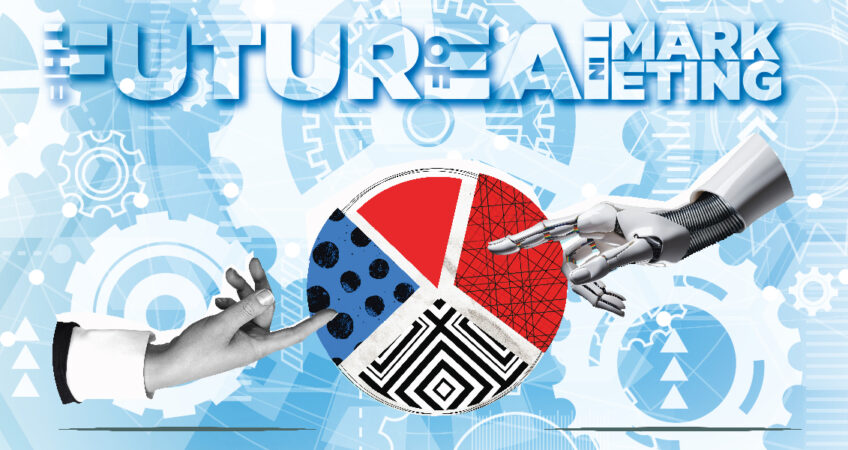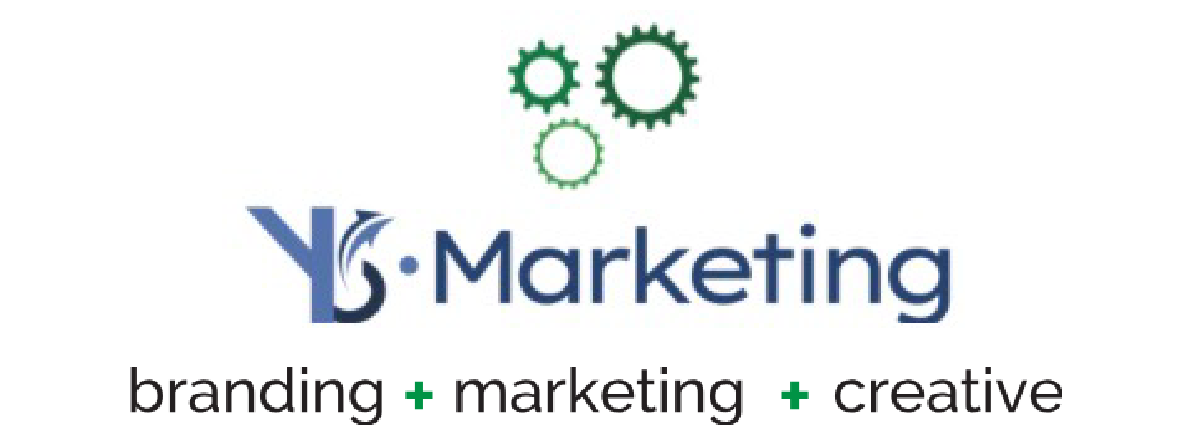
The Future of AI in Marketing
In 2023, generative AI took off in a way that would have been completely unpredictable just a few years prior. Since then, AI, or at least the conversation around its uses and applications, seems to be virtually inescapable.
It’s been integrated into thousands of tools used by businesses and organizations of all shapes and sizes (an ad agency like ours being no exception), and it seems to be here to stay. At least, that’s what the behavior of executives and investors would tell you. The amount of money that’s being funneled into AI technologies has increased dramatically, almost across the board.
So, what are the benefits to all this change? What should we be worried about?
Let’s start with the positives.
The Pros
We can’t talk about AI without talking about productivity. In fact, it’s generally expected to improve employee productivity by 40%, according to a recent National University trend report.
It does this by taking repetitive, menial tasks off the plate of an employee who could be using their time better on a more intensive, cerebral task. For instance, let’s say you’re working with a PDF that you need to remove certain data points from and transfer them to a different format. Ask AI to take care of it for you, and you’ve saved yourself a good 5-10 minutes, plus the 15 you’d spend procrastinating before.
The Cons
Just because the output is efficient, doesn’t mean the output is always effective. If you’re using AI as an image generation tool, for example, your prompts need to be so precise and so specific that finding the right way to convey what you want could be considered an art form of its own.
A team of creatives will always be able to understand look and feel more intuitively than a program will, simply because taste can’t be automated. Everything an AI puts out is based on a set of perimeters that have been programmed into its DNA – in other words, its creativity is mapped and restricted in a way that ours isn’t.
If you keep in mind the limitations that AI as a technology has currently, you can probably find a way to successfully leverage it and fill a gap. However, it’s important to double and triple check the quality of the output.
All creatives need an editor, and AI is no exception. If you need a burst of inspiration when writing content or a jumping off point for a quick design, look no further. But if you’re looking to leave the heavy lifting to AI, we advise against it.
And, of course, no two AIs are built to perform in exactly the same way. They all have their differences, advantages and disadvantages. What data sets were they trained on? What specific biases do they need to work around? How thoroughly have they been tested? All of these are crucial questions to determine whether or not AI is the answer to your problem.
So, what’s next? Where is all this headed?
The market for AI technologies is expected to grow to over 1.8 trillion U.S. dollars by 2030. So, in other words, this stuff isn’t going anywhere. Companies will continue to invest, and most likely even start to develop their own proprietary solutions. From a consumer perspective, our expectations for personalized customer service and instantaneous information accessibility make it very easy for technologies like this to thrive.
It’s time to strap in, because this is sure to be an interesting ride.
